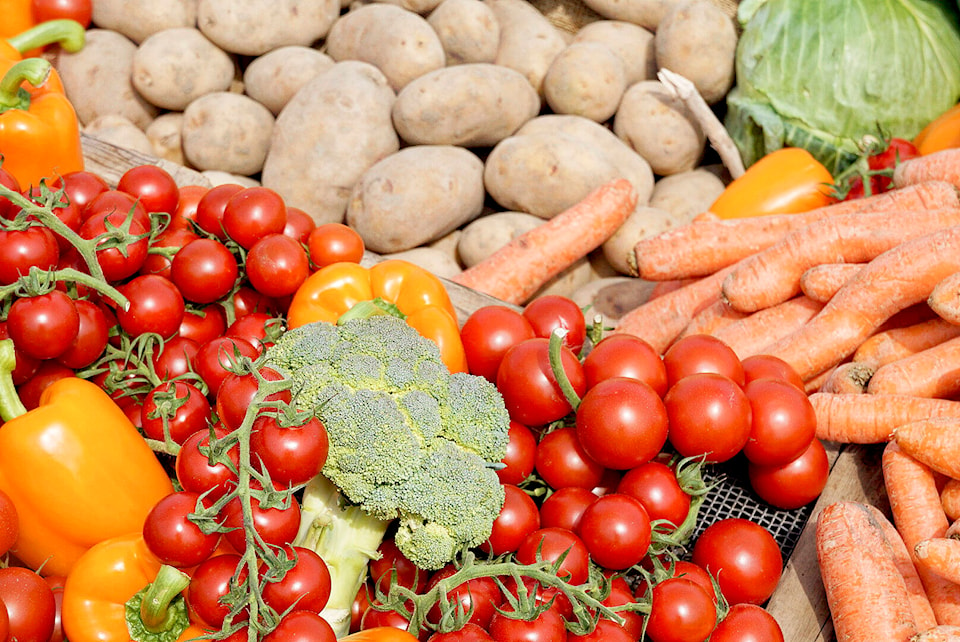You can’t grow a lot of bananas or oranges in Canada.
Warm as the summers have been, we’re not exactly the right climate for growing tropical fruit. Nor are we able to grow leafy green vegetables outside in the middle of winter, or berries outside of a couple of months.
But supply chains and frozen foods allow us to have all these things all year round. And for a long time, food as a percentage of household budgets, was getting cheaper and cheaper.
Inflation has abruptly slammed the brakes on the era of cheaper food.
We’re also seeing more extreme weather events, and those can impact us even when they happen a world away. A sudden cold snap in Florida can drive up the price of orange juice; an atmospheric river in California may take winter strawberries off the shelves entirely.
There has been talk for years about food security and eating locally, whether it was for environmental reasons – all those trucks driving thousands of miles to deliver radishes and celery was never that good for the planet – but inflation has put a new spin on it.
Free trade sometimes gives us cheaper food, it’s true. But it also exposes us to a hundred shock events that we can’t foresee, from climate change to blights to warfare, like the Russian invasion of Ukraine which affected worldwide grain prices.
Here in the B.C., we’ve protected a significant part of our farmland. We have the land and the expertise for an even more robust local agricultural industry.
But we need a plan. How do we structure our faming industry so that we can have both security and variety on our plates? So that we can benefit from international trade while also ensuring that our local farmers can supply our core needs in an uncertain world?
It’s a tough question, and one that needs serious answers.
– M.C.
